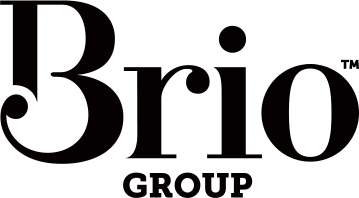Recyclable is not recycled, and other things to look for when choosing Paper
Today we are conscious of our carbon footprint. And marketers are more aware than ever to take a greener approach to their collateral. In our industry, we are familiar with inserting logos on our client’s marketing collateral that supports environmental messages.
But it’s essential that before using a logo on marketing collateral or other projects the client must be aware of exactly what the environmental message means.
For example, recyclable does not mean recycled.
You can find this out from your reputable print rep. But it’s good to know the right questions. If you want carbon neutral paper, ask your print services company for a copy of their Life Cycle Analysis.
A print company that holds PEFC and/or FSC Certification means:
PEFC – Programme for the Endorsement of Forest Certification.
PEFC is a non-profit making, non-governmental organisation. It provides a framework for auditing forestry operations and promoting sustainable forest management by actively reducing the effects on the environment. It is the largest certification scheme, covering 205 million hectares of the world’s forest areas. It involves PEFC Chain Of Custody certificate holders (there are 3000 worldwide). Companies may hold both PEFC and FSC.
FSC – Forest Stewardship Council
A World Wildlife Fund supported, international, non-profit organisation. FSC works to promote responsible forestry, conserve biological diversity and protect old growth forests. There are currently some 93 million hectares of the world’s forests certified as FSC. FSC also includes a ‘Chain of Custody’ system that tracks paper from forest all the way to finished material. The ‘Chain of Custody’ requirement is what makes FSC particularly effective as you are able to trace your product back to the plantation and sometimes the immediate area in the plantation where the trees came from. It is crucially important if you are using the FSC logo that the ‘Chain of Custody’ has been carried all the way through the process from the forest, to the mill, the distributors, and the printers. The biggest misconception with FSC is that the printers don’t need the certification. This is not true every business who directly handles the paper requires an FSC Certification for the final product to be able to wear the FSC logo. There are 3 types of FSC labeling:
- FSC 100%
- FSC Mixed Source – For products grouped from well-managed forests, controlled sources and recycled wood or fibre.
- FSC Recycled – Supporting responsible use of forest resources.
We are all familiar with the recycled paper logo. When you see it, it means:
Recycled paper is manufactured with recovered fibre. Recycled fibres have been extracted from existing paper products, to be used in the manufacture of further paper products. Recycled paper can be 100% recycled or mixed with virgin fibre to improve consistency. Fibres can normally be recycled 5-6 times before they breakdown. In Australia, recycled papers should contain a minimum of 20-30% post consumer waste.
And finally, when you see this series of numbers and letters, it actually means:
ISO 14001 EMS For a paper mill to have achieved the ISO 14001 tick of approval it must have established performance objectives and environmental management systems to prevent pollution, ensure compliance with regulations and achieve continual improvement. It specifies requirements for establishing an environmental policy, determining environmental aspects and impacts of products/activities/services. It can apply to any organisation producing any product or service anywhere in the world.
Yours in design,
Julia-saurus

